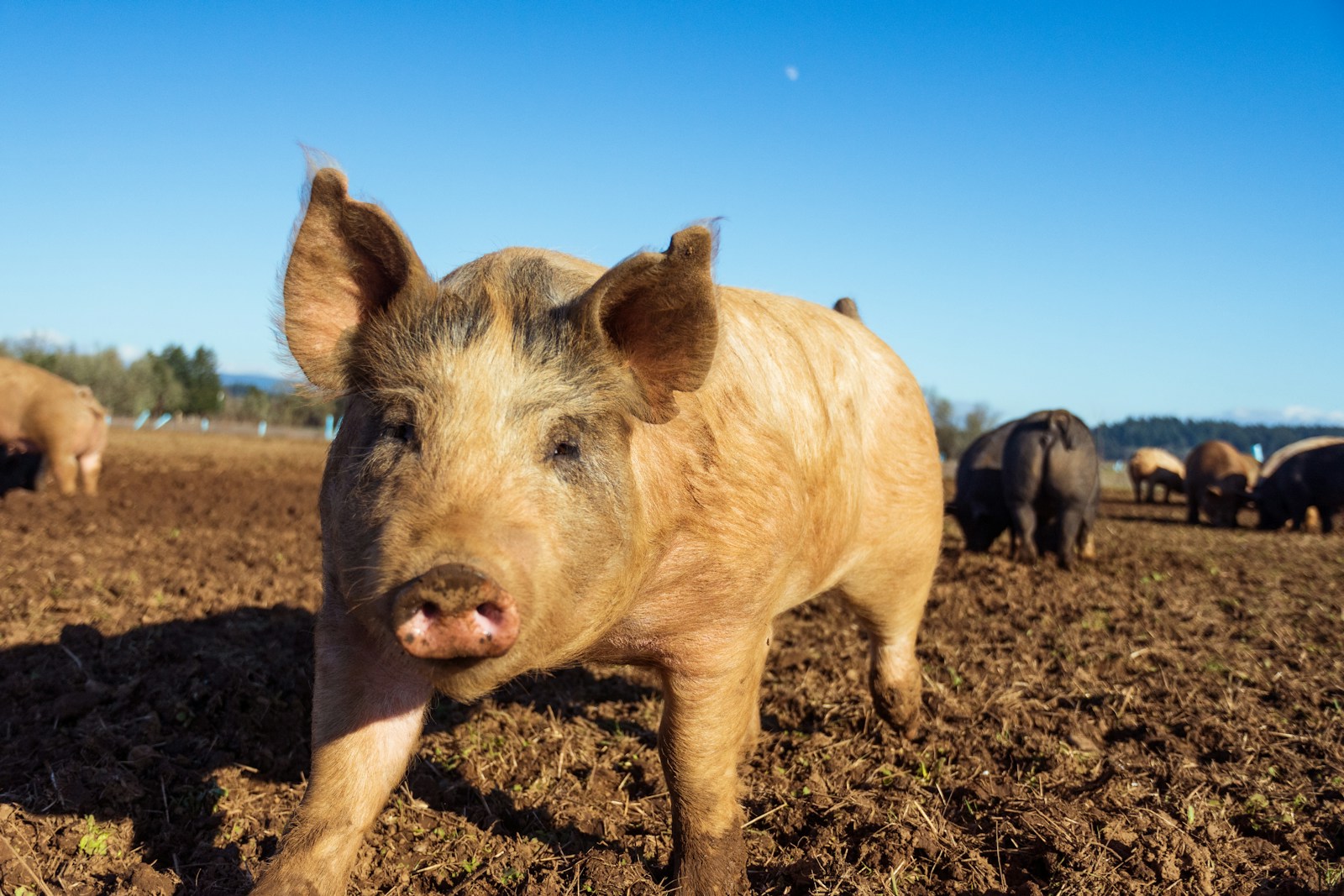
Typhoon and agricultural production portfolio. Empirical evidence for a developing economy
International Journal of Disaster Risk Reduction 75.
This paper investigates whether and how households adjust their agricultural practices, such as cultivation and livestock, to adapt to a severe typhoon. We, therefore, make use of a natural experiment coming from Typhoon Ketsana in 2009. We combine micro-data on the household level and spatial data of Ketsana to construct a 4-year panel dataset with 2733 observations. Our empirical results derived from the difference-in-differences approach suggest that households altered their agricultural activities in response to the shock. While they decreased the area planted for staple crops, i.e., rice and cassava, they tended to purchase more livestock, i.e., pigs, in 2011 and 2013 (1.5 and 3.5 years succeeding the typhoon). On average, the decrease in the area planted in 2011 corresponds to 51% of the average area planted of affected households in the pre-treatment period 2008. The increase in the number of purchased pigs in 2011 corresponds to 173% of the average number of pigs bought by treated households in 2008. Our paper indicates the adjustment to the crop-livestock system as a livelihood adaptation strategy to a severe typhoon. The empirical results also support the shifting trend from crop planting to livestock raising in the aftermath of an extreme weather event observed in other developing countries.

